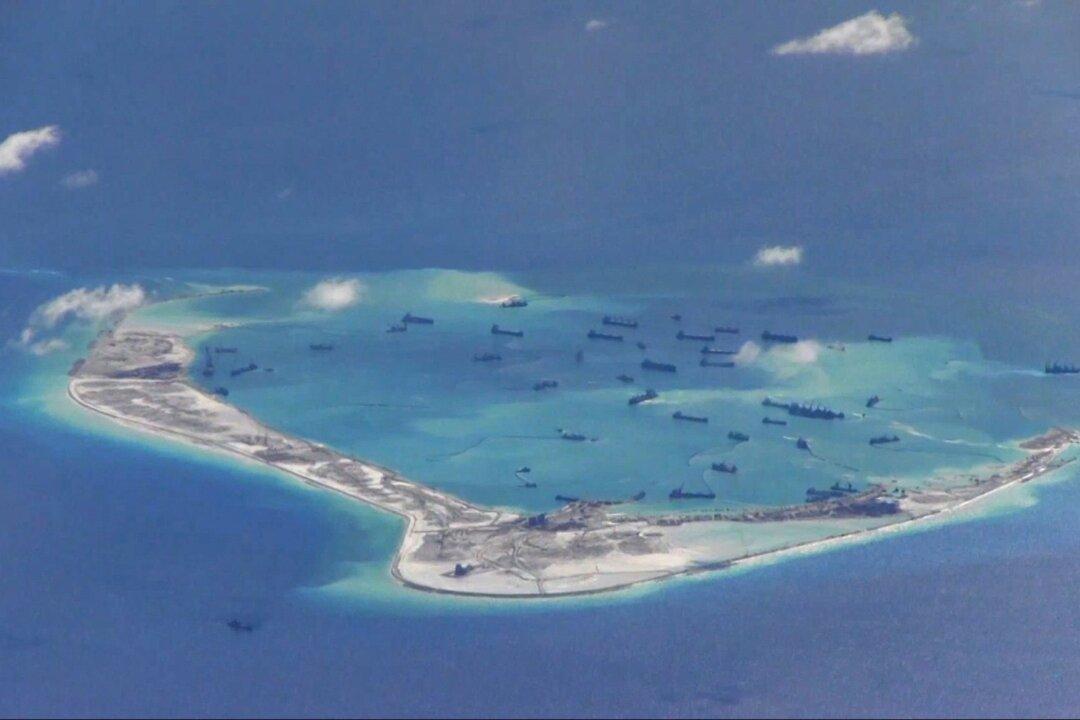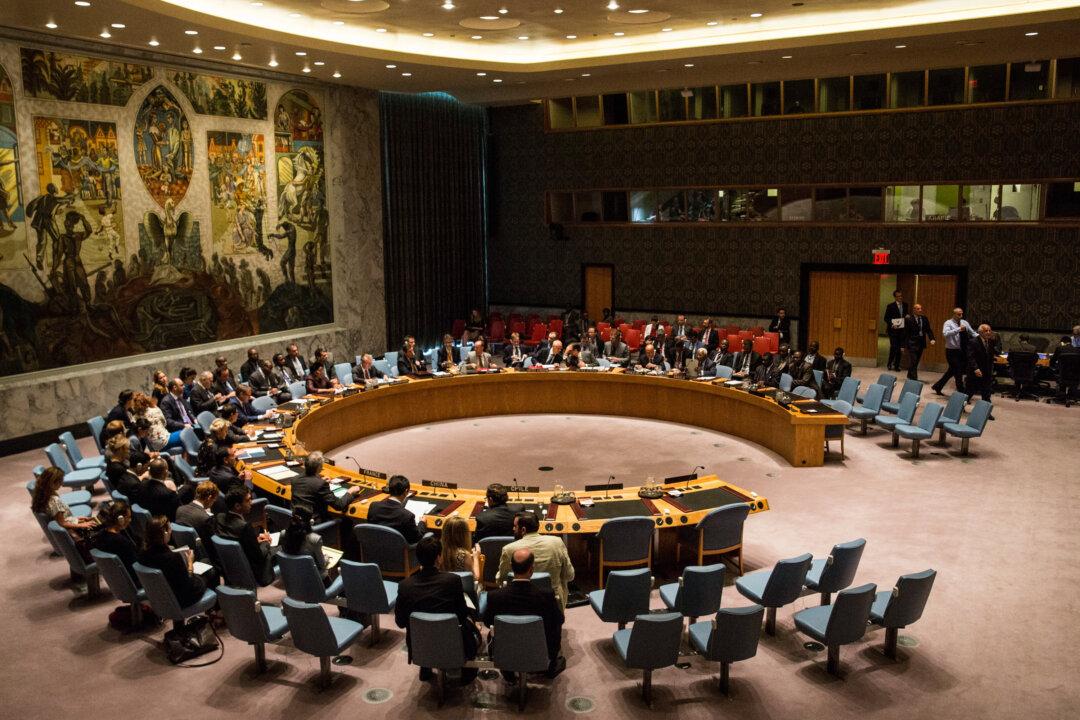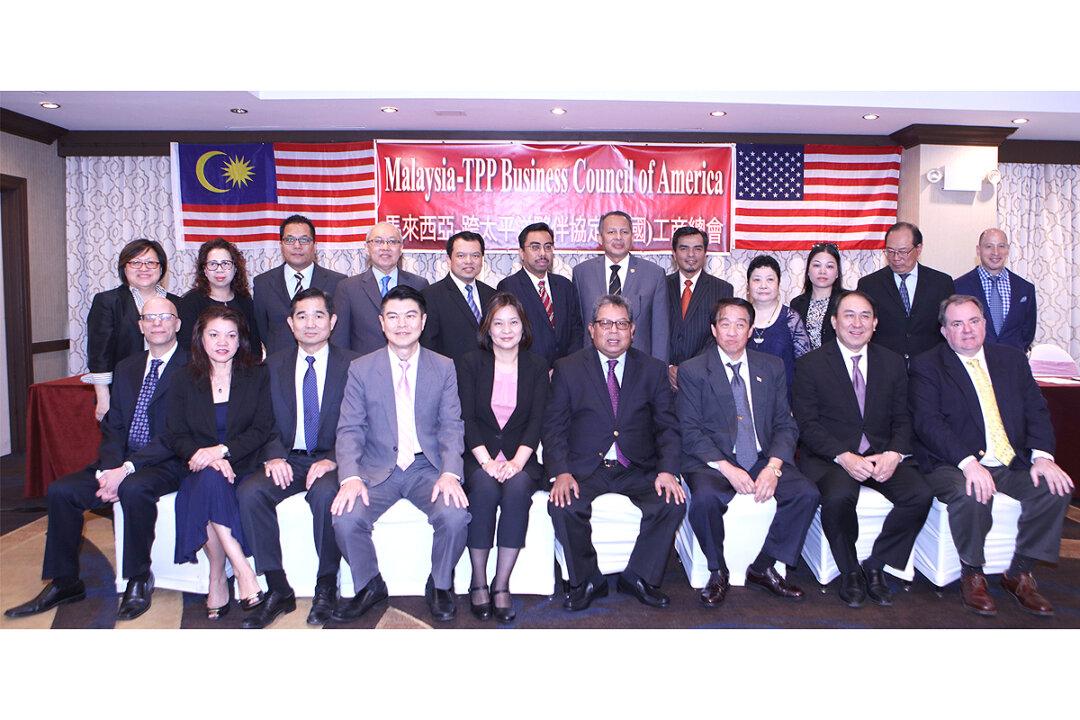If you have the ear for political sound bites, you might discern the nuances: In statements, discussions, and lectures, a number of international strategists and experts with a penchant for hyperbole have lately been describing the vast geographic expanse usually called the Asia–Pacific region as the “Indo–Pacific region.”
Such references, aimed at highlighting India’s future role in world affairs, also constitute a tacit encouragement to India to play a more assertive role, particularly in Asia, to create a balance in world affairs so that new players could be better managed.
A key player to emerge is China, whose belligerent posturing in the East and South China Seas has unnerved its neighboring countries. There is, in the East, the dispute between China and Japan over the group of islands that the Japanese call “Senkaku” and the Chinese “Diaoyu.” In the South, China has a dispute over the sovereignty of islands that are claimed by several littoral states.
These islands appear as mere strips of land surrounded by water, as is the case with the multitude of such islands that appear in the Indian Ocean stretching from India right up to Australia. However, the islands in the South China Sea are rich in minerals, and they are particularly rich in oil and gas, badly needed by energy-hungry China to fuel and sustain its industrialization and future development. China’s bellicose behavior may appear to be a case of land grabbing, but it is also aimed at getting the rich minerals that lie buried underneath the islands.
India’s leadership is incensed by the infiltration of Chinese soldiers into Indian territory in the northeast in recent months. Equally vexing for the Indians was China’s recent announcement that it would invest huge sums, running into billions of dollars, in the so-called China Pakistan Economic Corridor (CPEC) which will be used to India’s detriment.




